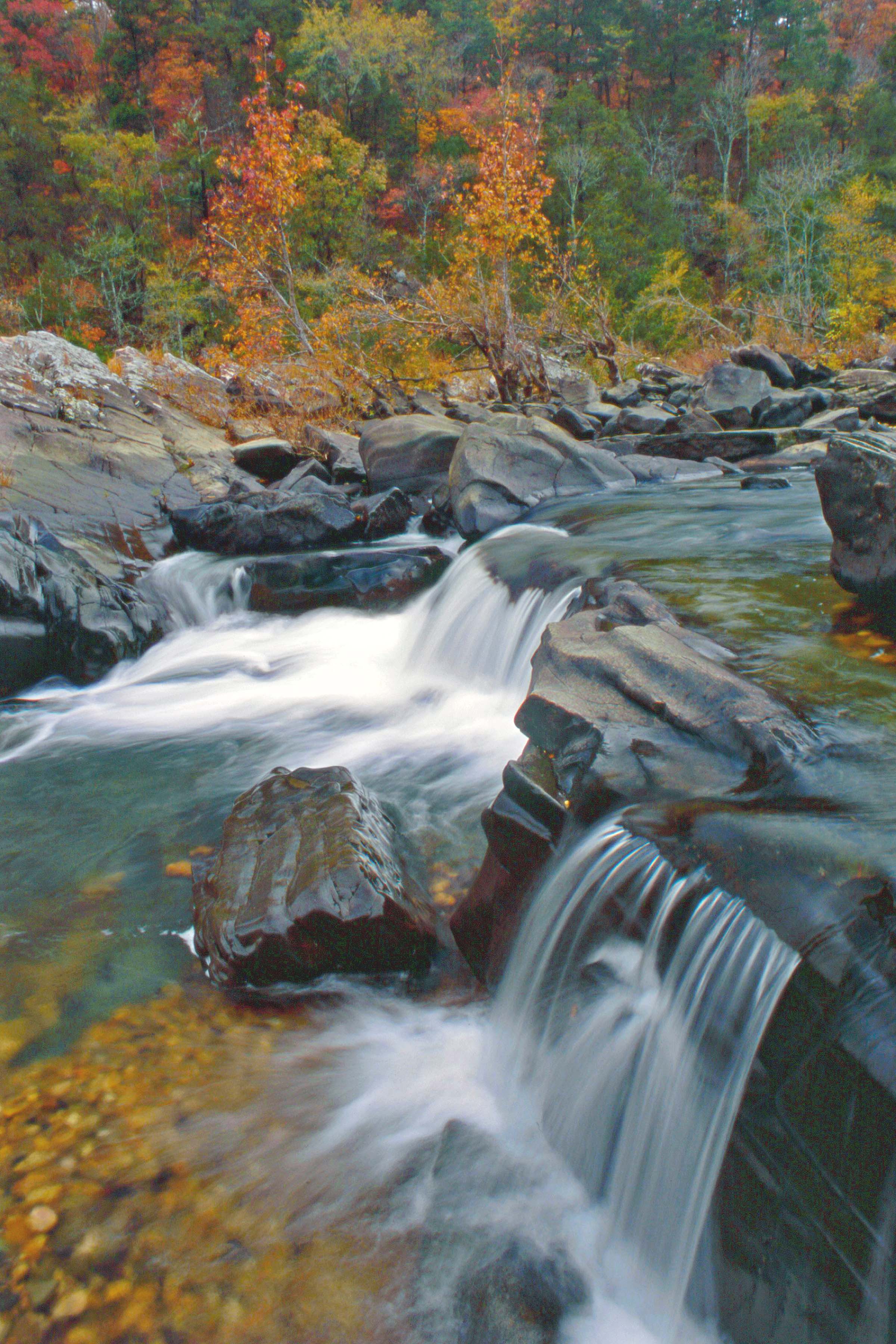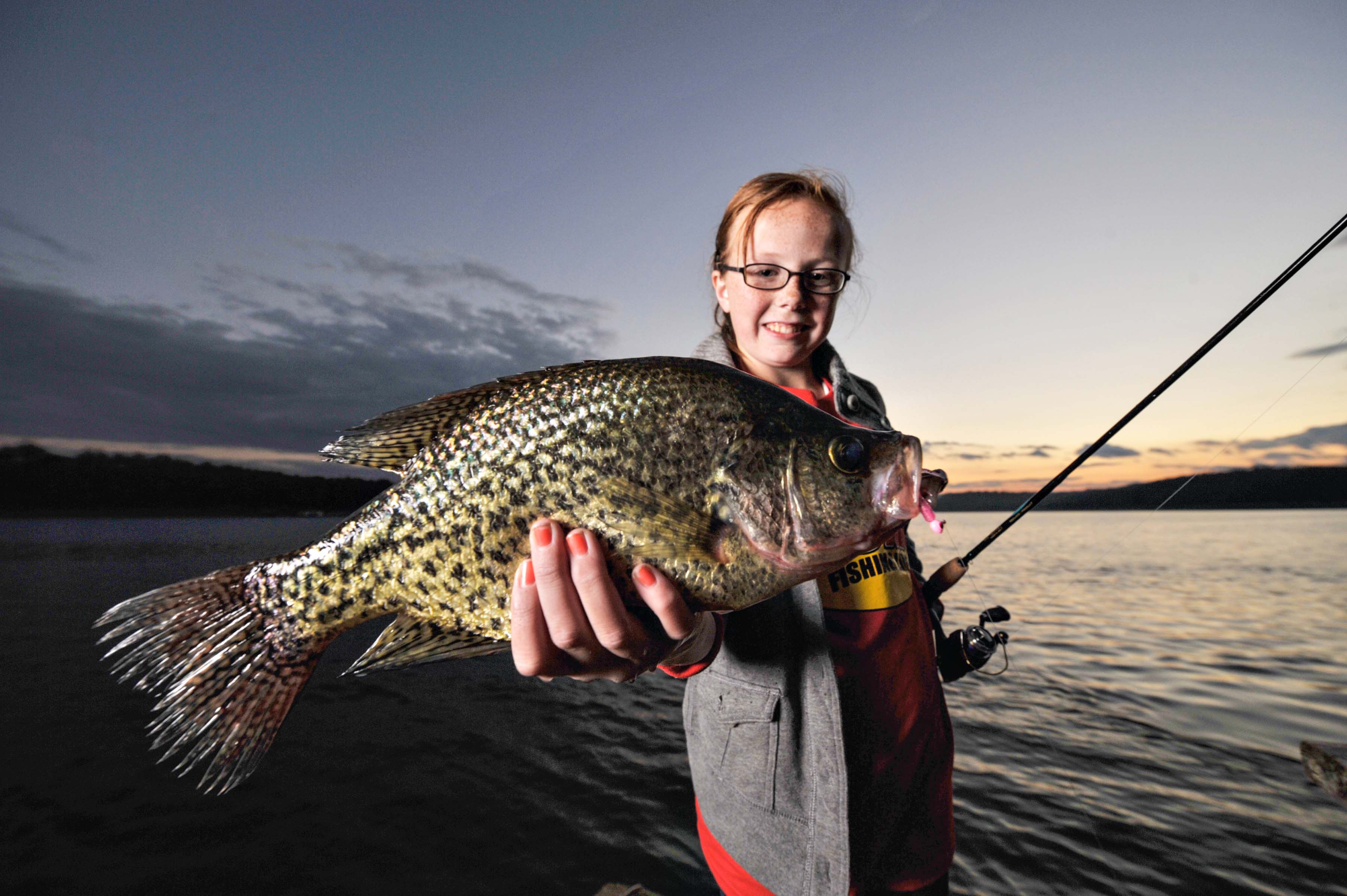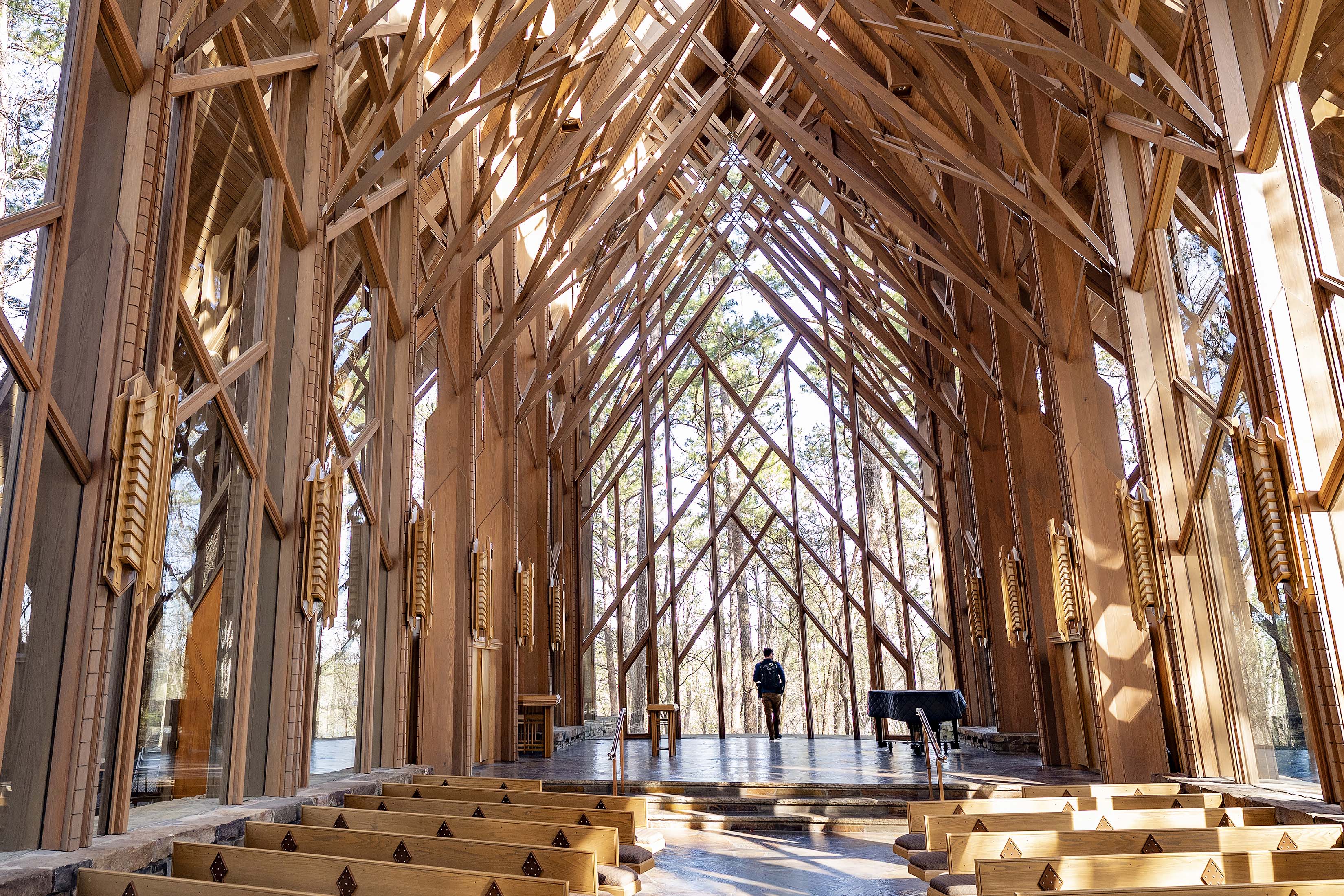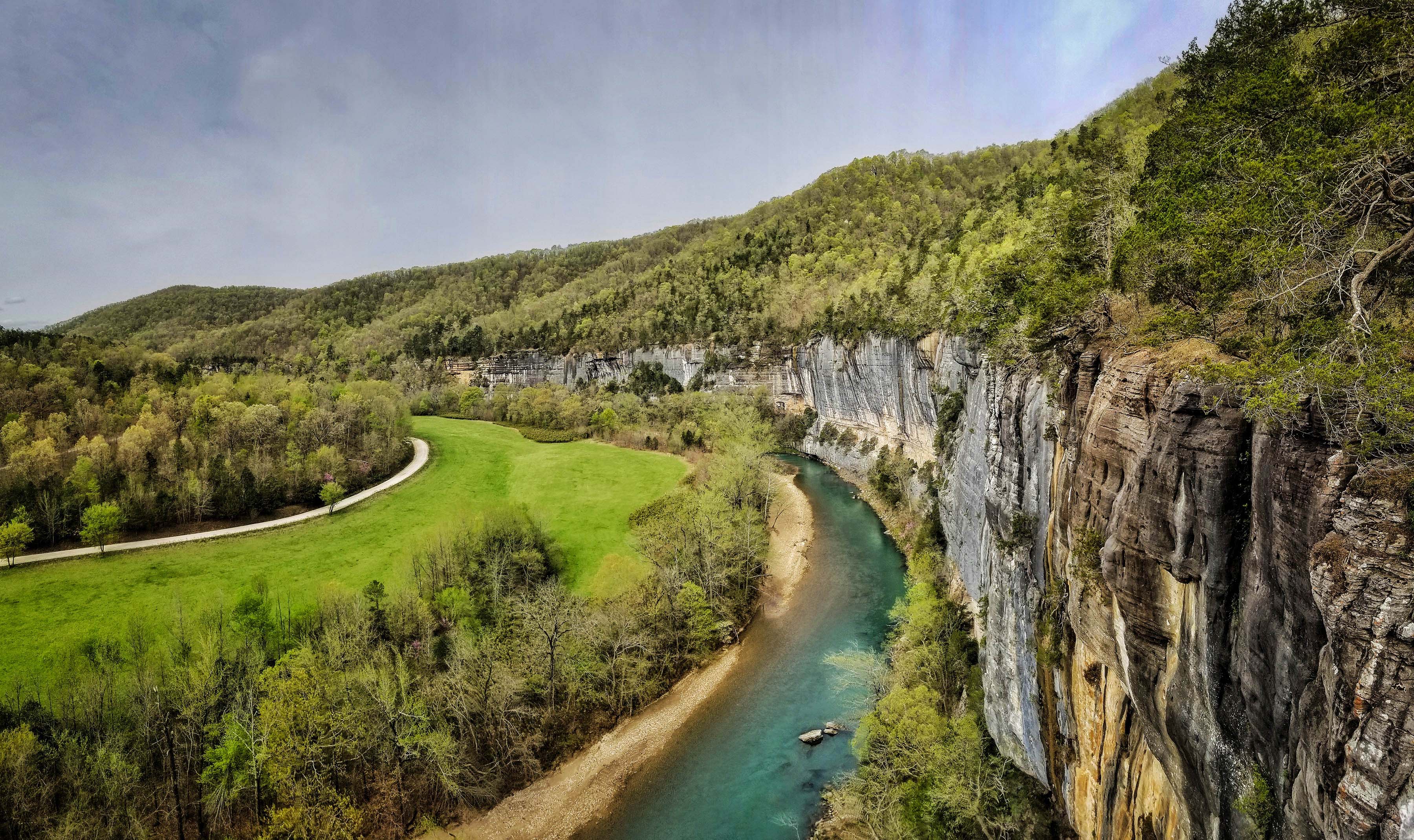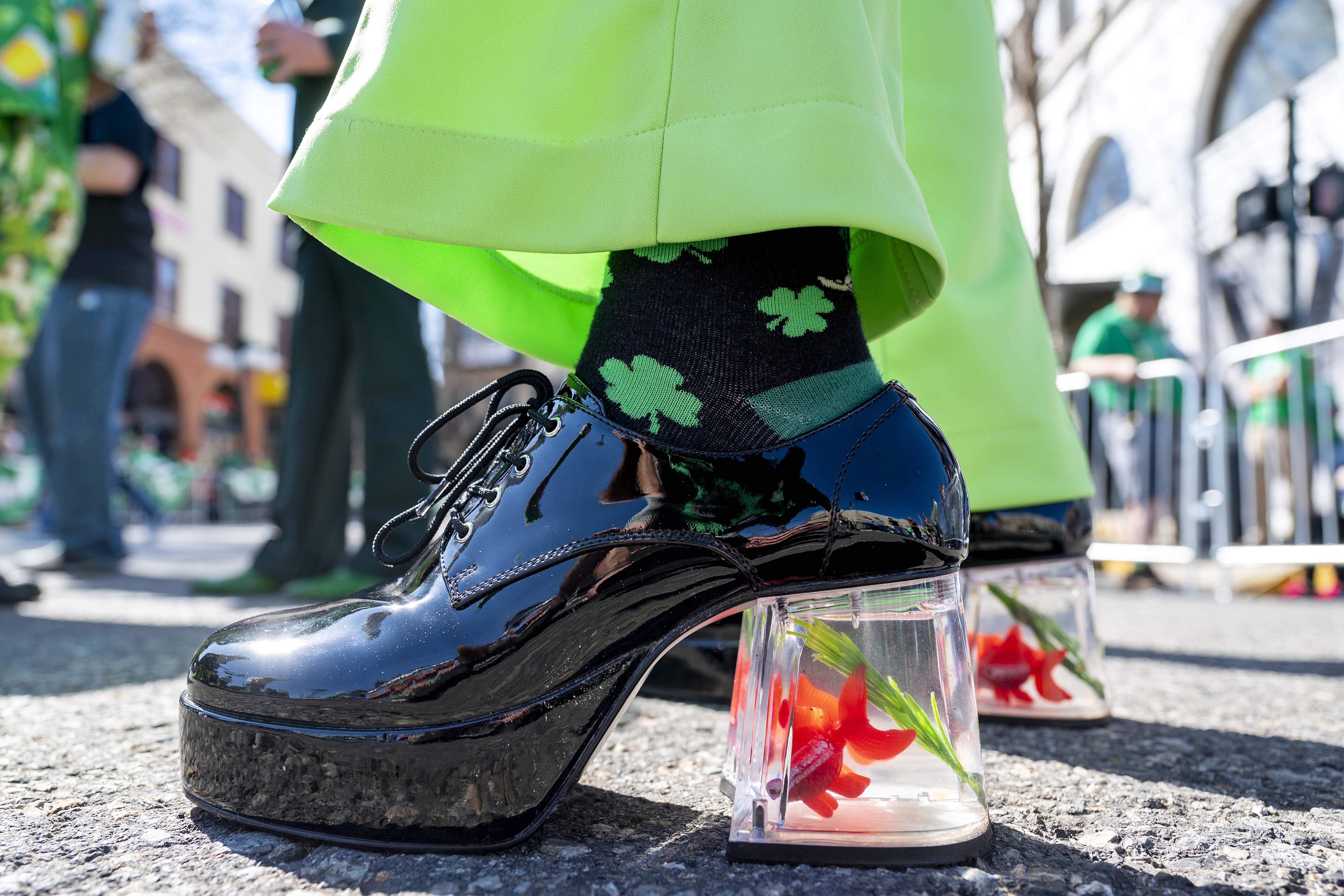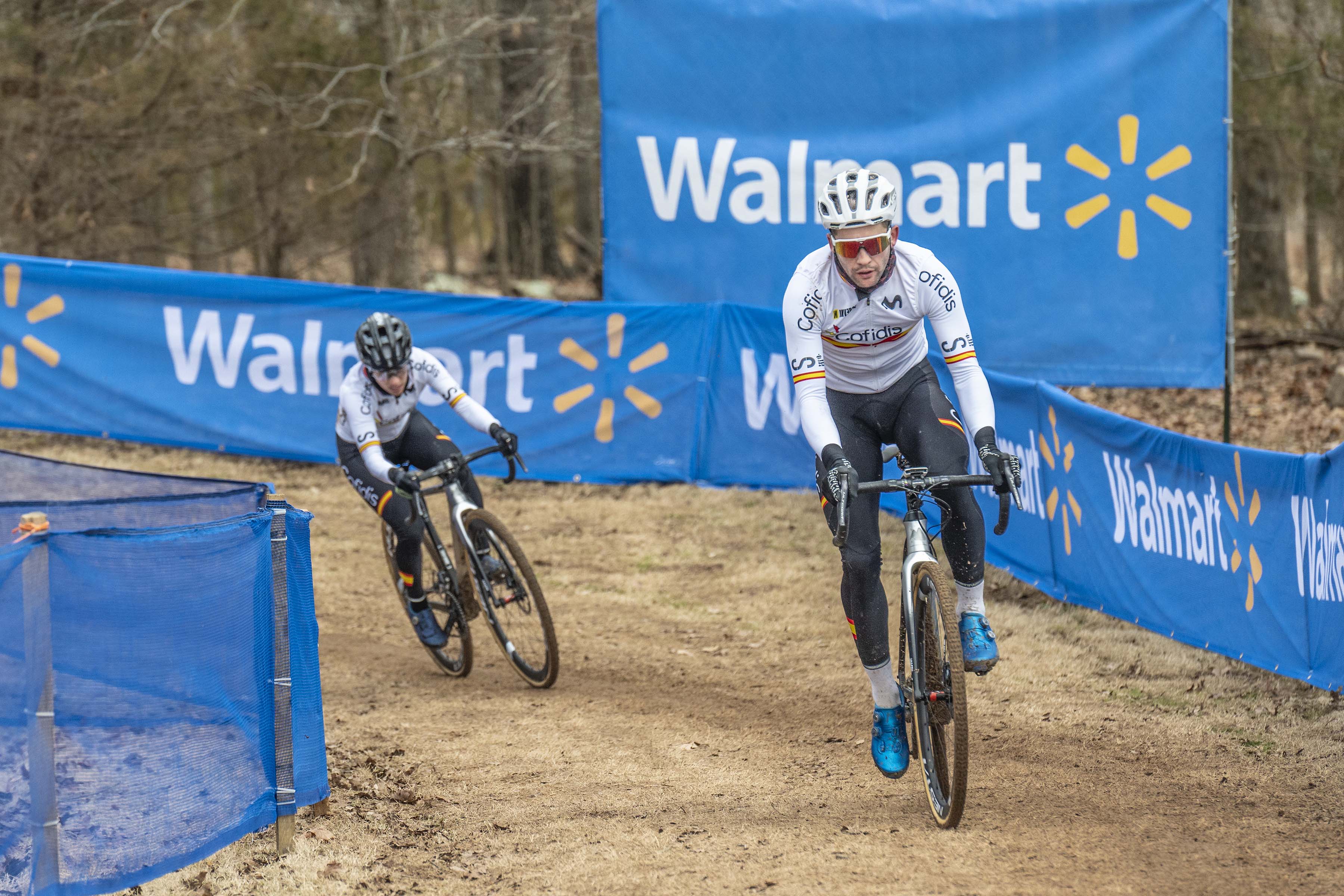NATURAL STATE TUNE-UP: Arkansas’s Outdoor Economy Bounces Back from COVID-19 Downturn
December 12-18, 2022
By the Daily Record Staff
After nearing falling off the economic cliff during the COVID-19 pandemic, Arkansas’ all-important tourism rebounded with record growth through the end of 2021, according to recent data from the U.S. Bureau of Economic Analysis.
On Nov. 9, the U.S. released yearly data measuring the outdoor recreation economy for the nation, all 50 states, and the District of Columbia. The new U.S. data showed that the outdoor recreation economy accounted for 1.9% or $454 billion of current-dollar gross domestic product (GDP) for the nation in 2021.
At the state level, value added for outdoor recreation as a share of state GDP ranged from 4.8% in Hawaii to 1.3% in New York and Connecticut. The share was 0.9 percent in the District of Columbia. Outdoor recreation activities as defined by the BEA falls into three general categories. They include conventional activities, such as bicycling, boating, hiking, and hunting; other activities such as gardening and outdoor concerts; and supporting activities that encompass construction, travel and tourism, local trips, and government expenditures.
In 2021, conventional outdoor recreation accounted for 35.1% of U.S. outdoor recreation value added, compared with 40.1% in 2020. Other outdoor recreation accounted for 17.6% of value added in 2021, compared with 17.5% in the previous year. Supporting activities accounted for the remaining 47.3% of growth in 2021, compared with 42.4% in 2020.
According to Department of Commerce said supporting activities such as travel and other tourism-related activities rebounded in 2021 as COVID–19 restrictions eased and consumers traveled more and increased spending on transportation, hotels, and restaurants.
The BEA, economic research arm of the Commerce Department, provides the nation’s official macroeconomic and industry statistics, most notably the quarterly GDP report.
According to the BEA’s annual report, Arkansas’ recreation and tourism industry grew stunning 23% from 2020 to 2021. That calculates $3.5 billion in value added for Arkansas, accounts for 2.4% of Arkansas’s GDP and includes 39,929 jobs. This is the largest recorded measure for Arkansas since the BEA started calculating the size of the outdoor recreation economy in 2012, stated the Arkansas Department of Parks, Heritage and Tourism.
This year’s report shows that outdoor recreation creates $3.5 billion in value added for Arkansas, accounts for 2.4% of Arkansas’s Gross Domestic Product (GDP) and includes 39,929 jobs. This is the largest recorded measure for Arkansas since the BEA started calculating the size of the outdoor recreation economy in 2012.
At a national level, these new numbers show outdoor recreation generates $862 billion in economic output, comprises 3% of U.S. employees and creates 4.5 million jobs. This means the outdoor recreation sector contributes more to the U.S. economy than the oil and gas industry.
“The BEA data underscores how important it is to invest in public lands, waters and recreation infrastructure from coast to coast and for recreation activities of all types,” said Jessica Turner, president of the national Outdoor Recreation Roundtable (ORR). “From the creation of jobs and increased profit for small businesses in local economies, to larger boons to our national economy, this sector is a consistent driver, even in times of economic uncertainty. The strength of the outdoor recreation economy reflects what many in the industry have long known to be true: there are infinite benefits that come from more people spending time outdoors, and they’ll only grow with continued investment.”
This is the fifth consecutive year that BEA has released government data on this critical industry sector. The Nov. 9 report shows how the outdoor industry, which played a vital economic and social role throughout the pandemic, has since sustained remarkable growth and continued to bolster local economies. The outdoor recreation economy came back stronger than ever after the COVID-19 pandemic and remains a steady source of strength nationally and a booming job creator locally.
“Arkansas is known as ‘The Natural State’ with good reason – our natural resources ensure that we will continue to be a destination for outdoor recreation and a core driver for economic growth,” said Stacy Hurst, secretary of the Arkansas Department of Parks, Heritage and Tourism. “Our Office of Outdoor Recreation, led by Katherine Andrews, continues to work to ensure the state’s strategic growth as a place where outdoor businesses and recreation communities flourish.”
However, nearly years ago, the bottom fell out of the nation’s tourism industry after COVID-19 was declared a global pandemic in March 2020. Data released in late 2020 by the U.S. Travel Association show that businesses small and large tied to the tourism and hospitality industry are in dire straits as half of the jobs in one of the nation’s largest industry sectors were lost between the onset of the COVID-19 pandemic in mid-March and early May through the end of 2020.
The National Travel and Tourism Office’s (NTTO) Travel & Tourism Satellite Account, produced annually by the BEA, show that total economic output generated by travel and tourism fell $982.5 billion, or 50.1% from $1.96 trillion in 2019 to only $978.4 billion in 2020. Prior to the pandemic, travel-supported jobs employed one in 10 Americans.
Among those sectors hardest hit, passenger air transportation services output declined by nearly $214.7 billion in 2020, followed by food services and drinking places/restaurants at $131.1 billion. Traveler accommodations and tourism-related shopping also lost grown by down $124.6 billion and $123.5 billion, respectively. According to the BEA, these four sectors accounted for 60.4% of the decline in total tourism-related output in 2020.
However, the economic effects of the coronavirus have hit the travel industry especially hard, with travel businesses and organizations seeing unprecedented declines in revenue. As a result, more than half or over 8 million of the industry’s jobs were lost — twice that of the worst year of the Great Depression. Also, travel spending in 2020 fell by at least $500 billion this year, negatively impacting the U.S. economy by over $1.2 trillion dollars.
Under the $2.2 trillion Coronavirus Aid, Relief and Economic Security (CARES) Act approved by Congress in late March 2020, the largest economic relief package in U.S. history included several major provisions to support the travel industry, most notably the Payroll Support Program that received over 230 applications for paycheck protection from a wide range of passenger air carriers.
In Arkansas, the state CARES Act Steering Committee created by Gov. Asa Hutchinson approved several aid packages during the pandemic for the state’s robust tourism and hospitality industry, one of the fastest growing sectors of Arkansas’ economy.
In late October 2020, ADPHT, the Arkansas Economic Development Commission (AEDC), and the Arkansas Department of Finance and Administration (DFA) were approved by the Arkansas Legislative Council to proceed with a grant program utilizing $50 million in CARES Act funds for Arkansas businesses in industries significantly impacted by the COVID-19 public health emergency.
The so-called business interruption grant was set aside for certain Arkansas businesses in the personal care, tourism, travel, recreation and hospitality industries. The grant provided for a portion of specific eligible expenses incurred by businesses in these industries between March 1 and Sept. 30, 2020.
At the time, Gov. Hutchinson and ADPHT’s Hurst had expressed concerns that the COVID-19 pandemic would push the Natural State’s tourism and hospitality industry into deep recession as most plans were cancelled or postponed indefinitely during the state’s economic-boosting summer vacation season.
“In my visits with business owners over the past several months, I’ve been impressed with the measures they have taken to protect customers and employees, and to adapt business models that have kept them viable during this pandemic. The grant will help businesses that were disrupted by the precautions necessary to mitigate the spread of COVID-19,” Hutchinson said at the time.
“We have heard the businesses in the hospitality and personal care industries who continue to be impacted by this pandemic and desperately need help to continue to operate and to do so safely,” said Hurst. “With the help of AEDC and DFA, I think we have developed an excellent program that will provide the most help we can give where it is most sorely needed.”
Following the release of the new BEA report, state tourism officials are touting a full recovery by the industry that employs 3.1% of all workers and accounts for $1.78 million in wage compensation. Also, the state’s most recent job report from October shows that total employment is up 4% from a year ago to 124,700 workers compared to 120,700 a year ago.
The largest subset of Arkansas’ leisure and hospitality industry includes bars and restaurants. At the beginning of the pandemic in April 2020, employment dropped dramatically by more than 48% nationally and 38.5% in Arkansas. After recovering during the summer months, employment levels were still down nearly 20% nationwide and about 10% in Arkansas at the end of the year.
Due to the importance of the tourism and outdoor recreation industry to the state’s economy, Gov. Hutchinson created the new Arkansas Outdoor Recreation Advisory Board. The new office, which is now part of ADPHT, is tasked with leading the state’s efforts to grow the outdoor recreation economy. The office also works to bring together interested stakeholders to promote the state, its unique natural resources, and opportunities to experience the complete range of recreational experiences, including fishing, trail activities, cycling, hunting and other outdoor activities.
In November 2021, Hurst selected Katherine Andrews as the first director of the newly created state board that includes 10 members appointed by the governor. That office now includes eight new staff members.
“If there’s one thing the pandemic has made clear, it’s that people need the freedom of the outdoors for their health, quality of life and peace of mind, and it helps attract businesses and families to create thriving, livable communities,” Hurst said last year. “I am looking forward to working with this team to enhance the state’s economy and offerings for the public.”
According to Hurst, the office also will be responsible for collecting and analyzing data and developing metrics that reflect the impact of outdoor recreation on the state’s economy and to inform decision making for driving continued development of recreational opportunities. It will also work with state and federal agencies, businesses, nonprofits and other interested stakeholders on all matters related to outdoor recreation in Arkansas.
Photo Captions:
1. Natural State Tune-Up: Arkansas's Outdoor Economy Bounces Back from COVID-19 Downtown
2. Recent data released by the Arkansas Department of Parks, Heritage and Tourism indicates that Arkansas’s tourism industry experienced record-breaking visitation in 2021 and has recovered after the significant decline in 2020 due to the global pandemic. According to the report culled from U.S. Bureau of Economic Analysis data, Arkansas welcomed just over 41 million visitors in 2021 compared to 29.2 million in 2020 and 36.3 million in 2019. And lodging spending increased 49% after a fall of 29% in 2020. Picture above of Anthony's Chapel at Garvan Woodland Gardens in Hot Springs.
3. The Buffalo National River in Arkansas' Ozark National Forest.
4. The World's Shortest St. Patrick's Day parade in Hot Springs.
5. The 2022 Walmart Union Cycliste Internationale Cyclo-Cross World Championships in Fayetteville. (Photos courtesy of Division of Arkansas Tourism.)



